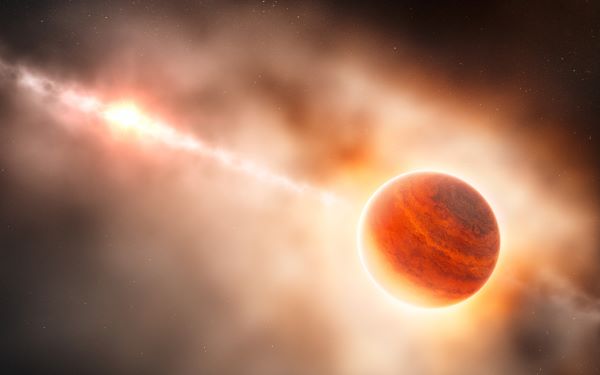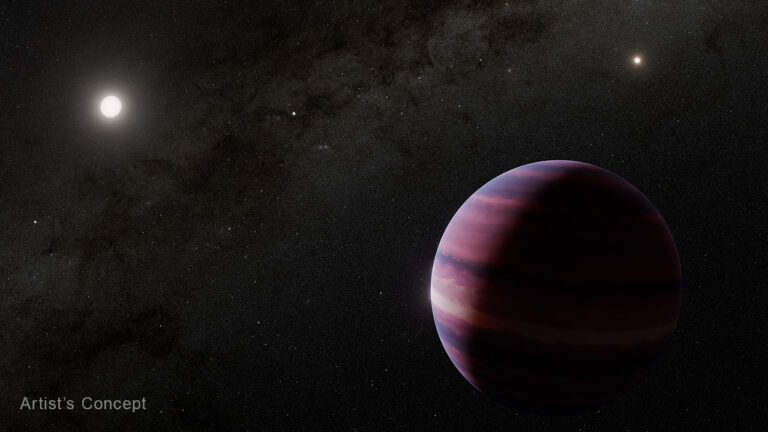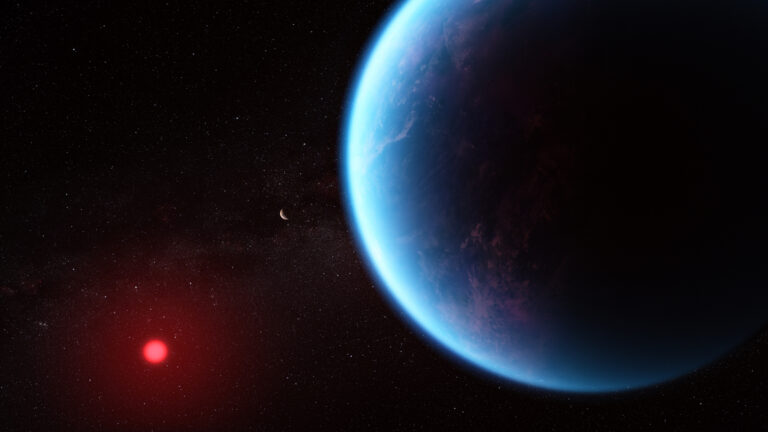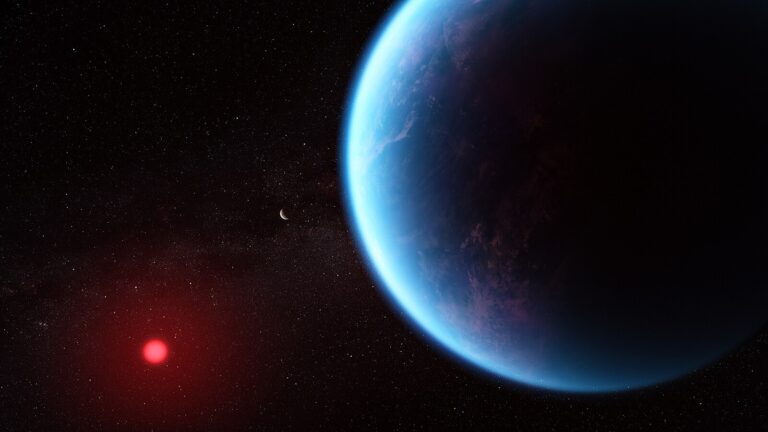Key Takeaways:
- Planets form from leftover star-birth material.
- Larger planets attract more gas, creating thick atmospheres.
- Smaller planets initially gather less gas and lose lighter gases over time.
- Smaller planets gain secondary atmospheres through volcanic activity and impacts.
Q:How do planets develop an atmosphere?
A: Planets and their atmospheres come from the same material as their parent star, which forms from a nebula of dust and gas. After the new sun ignites, excess material that didn’t make it into the star instead forms a disk around it. Planets, asteroids, and comets later condense from that disk.
Based on computer modeling of the planet-formation process, astronomers believe that giant worlds — such as Jupiter, Saturn, Neptune, and Uranus in our solar system — likely pull in gas directly from the surrounding nebula to swaddle them. This is why our giant planets have atmospheres that are largely hydrogen and helium, the two most common elements in the Sun and the nebula in which it formed. Terrestrial (rocky) planets may also pull in surrounding gas early in their formation. But because these planets are smaller and less massive, they can’t pull in as much — or as quickly — as the giants. And these early atmospheres likely aren’t the same atmospheres smaller planets have today.
That’s because, over time, a young star grows brighter and hotter. Its increasing radiation blows the lightweight hydrogen and helium from the atmosphere of any planet without enough mass (and, thus, gravity) to hold onto it. In our solar system, this is how the inner planets lost their initial atmospheres. Meanwhile, the outer planets — both farther away and more massive — held onto theirs. Astronomers believe the inner planets later developed secondary atmospheres of heavier molecules, such as carbon dioxide and water, from outgassing that occurred through events such as volcanic activity. Additionally, theories suggest that comet and asteroid impacts could have brought volatiles — particularly water — that contributed to our inner planets’ atmospheres over time. Both outgassing and impacts likely also occur in other star systems, likewise giving smaller, terrestrial planets their atmospheres.










